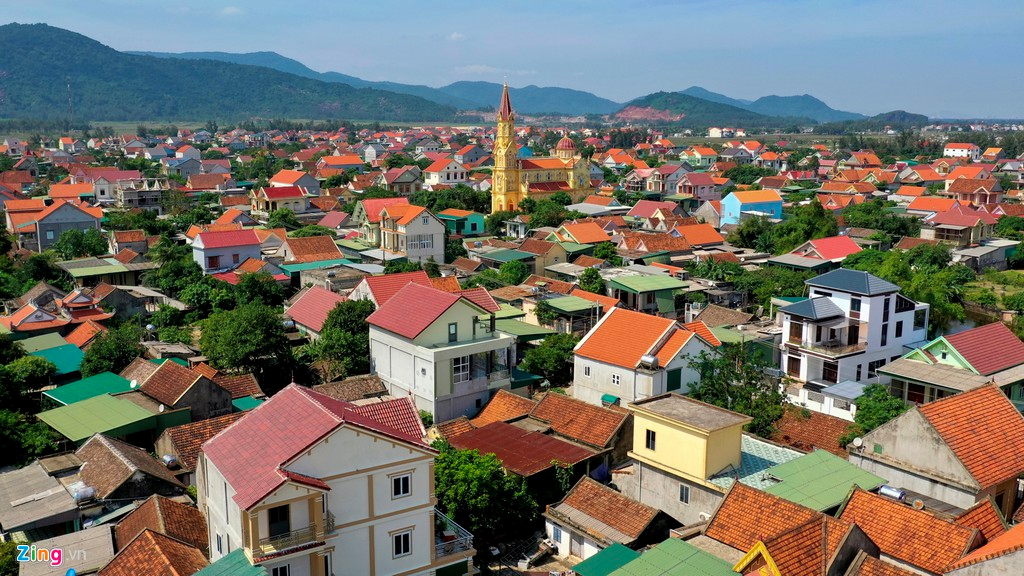Author: Duyen Truong Thi My, MA International Development Participant
In 2019, thirty-nine Vietnamese people were found dead in a refrigerated container in Essex, England, shocking everyone. They were identified as migrant workers attempting to enter the UK through a route designed by transnational illegal foreign labor broker groups and trafficked criminals. No one knows exactly what they actually went through before their tragic ending, but we can glean some insights of that journey from the stories of those fortunate enough to survive from similar hardships.

The article, “Combating the Trafficking of Vietnamese Nationals to Britain: Cooperative Challenges for Vietnam and the UK” tells the story of Hoang and Tran, who were lured by attractive offers from a brokerage group to come to the UK seeking a better future. Having been transported through numerous Eastern European countries, they finally arrived in England by lorry. Because Hoang was only able to pay £10,000 out of the total £30,000 quoted by the brokerage group, he had to work unpaid for 2 years to pay off the debt. Upon thinking his obligations were fulfilled, he fled the network that brought him to the UK, but was recaptured, had his leg broken and was forced to work as a chef on a cannabis farm. Similar to Hoang, Tran’s family listened to brokers and sold their house to finance his trip believing that the money could be earned back quickly in the UK. Both were arrested during police raids on cannabis farms. In the end, they were released on bail because of the vulnerability of their cases and the evidence that they were victims of modern slavery.
In August, 2022, the Khmer Times reported the case of 42 Vietnamese who swam across the river to escape a forced labor facility on the Cambodian – Vietnamese border. Previously, they had fled to Cambodia to work at a number of casinos. Their job was to make online games, go to websites and follow the casino’s instructions. They were forced to work beyond the prescribed time, they were not allowed to rest and were not paid, and so they discussed escaping to return to Vietnam. Many Vietnamese people were tricked into going to Cambodia to work in gambling organizations and were exploited for their labor. If they wanted to return, they had to pay fees of between USD 3,000 – 30,000.
Vulnerability and Exploitation
In both cases, whether they are deceived or were actively trying to move to a new country, their stories are tragic examples of the vulnerability and exploitation of many who are trying to create a better life for themselves. Hoang, Tran, and 42 Vietnamese citizens in the Khmer Times case studies were driven to believe that illegal labor immigration to industrialized countries is the fastest method to boost their family’s economic situation. They were born in areas with poor geographical, natural, and social conditions (environmental disasters make agricultural production difficult and industry and services are underdeveloped due to harsh geographical conditions resulting in lack of infrastructure investment). This makes household livelihoods difficult over generations and limits access to higher education. As such, they are not able to engage with the economic development happening in big cities and industrial zones in Vietnam and their choices are limited. Besides, images of villas and wealthy villages quickly built with remittances from illegal immigrant workers (which has become a social norm in Vietnam as a sign of prosperity) strengthen their belief in the great potential of traveling abroad and their willingness to bet a lot of money on it. Their poor literacy levels also make them ideal targets for illicit foreign labor brokers.

Source: Nguyen Tu, ZingVN
They became modern slaves in their dreamland
When they arrive at their destination, having risked their lives to get there, migrant workers continue to be left behind as they are almost completely isolated from the host country’s society. Once they choose to migrate for labor and become linked to illegal groups, they are very easily abused and exploited because of their vulnerable status. According to the International Labor Organization (ILO), the forced labor indicator framework shows that victims are threatened because of debt bondage. They have their passports controlled and become dependent on employers for accommodation and employment. Their wages are often withheld as punishment, or they are forced to work too much overtime. Their lack of understanding of the law and limited foreign language ability further exacerbates their vulnerability and exploitation.
They are left out of anti-trafficking efforts
Anti-trafficking gaps also make them vulnerable after returning to Vietnam. Due to definitional and policy hurdles, most illegal immigrant workers, especially men, are not classified as victims of human trafficking. This limits their access to emotional and financial help and therapy. A Vietnamese officer denied that the 39 Vietnamese in the Essex case were human trafficking victims, arguing that, “no-one would spend $40,000 to be trafficked”. This statement ignores the myriad ways immigrant workers are trafficked and compelled to work.
Vietnam’s sustainable development goals emphasize inclusivity, equality, and the well-being of all people, leaving no one behind or exploited. This attempt has been hampered by illegal labor immigrants and human trafficking. To address the exploitation and vulnerability faced by those who are trafficked, will require synchronous, multi-dimensional solutions on behalf of governments everywhere to address the roots of the problem.
Most recently, The Irish Independent reported that Irish police found 14 immigrants including three Vietnamese in a lorry on January 10, 2024. Each was found without identification inside a refrigerated container truck on a docked boat at Rosslare Europort port where, “they had been forced cut a hole in the container as they struggled to breathe”. This instance continues to warn thousands of others on similar excursions to the UK, EU, or the US. They could be walking through Eastern European forests, hiding in a lorry on their route to the UK, or working on a cannabis farm in the UK at this moment. They could be right next to us. They might be risking their life at this moment, and it is time that governments took their responsibilities to the SDGs and to these vulnerable and exploited workers far more seriously.
